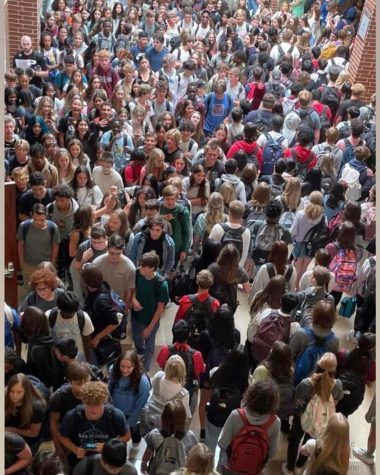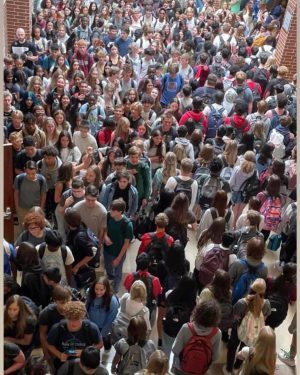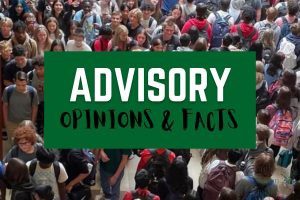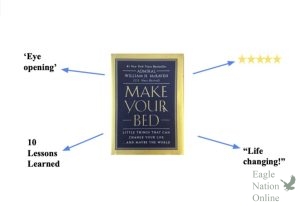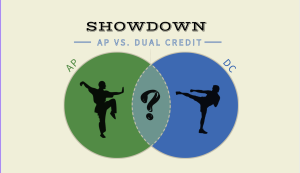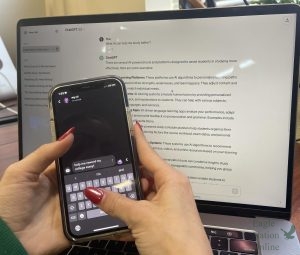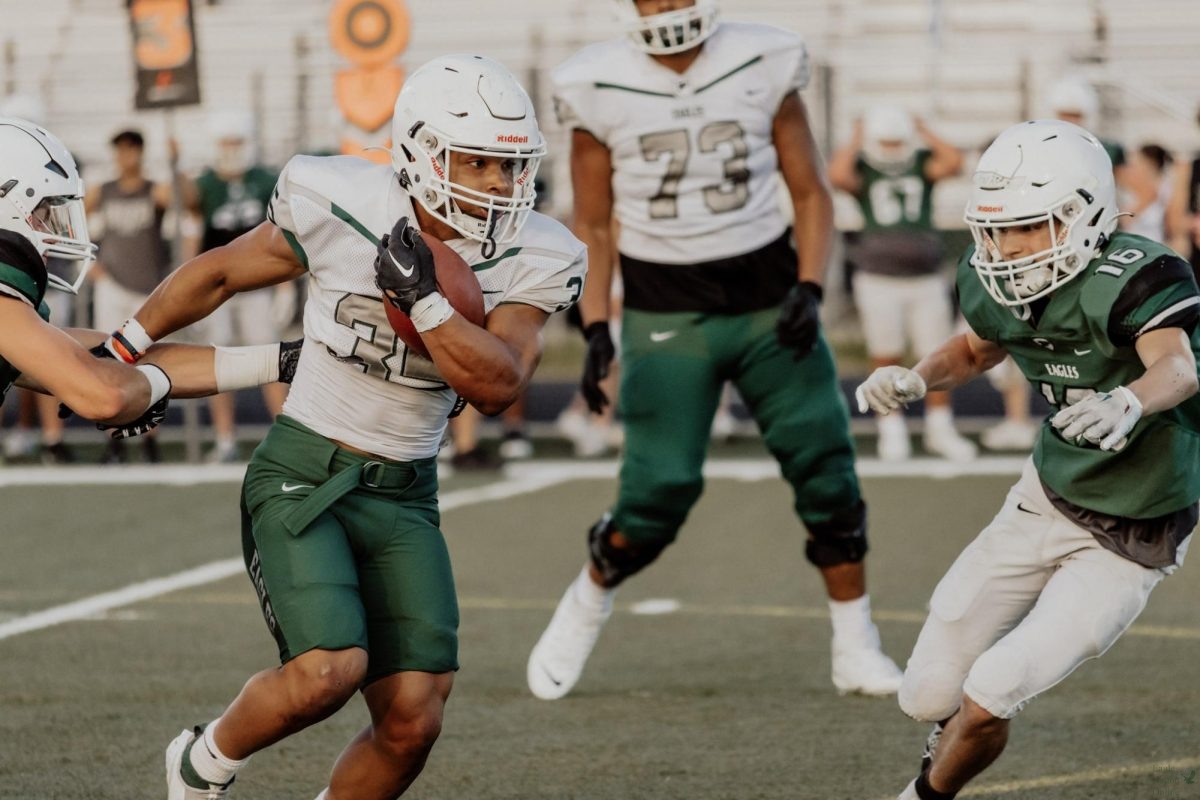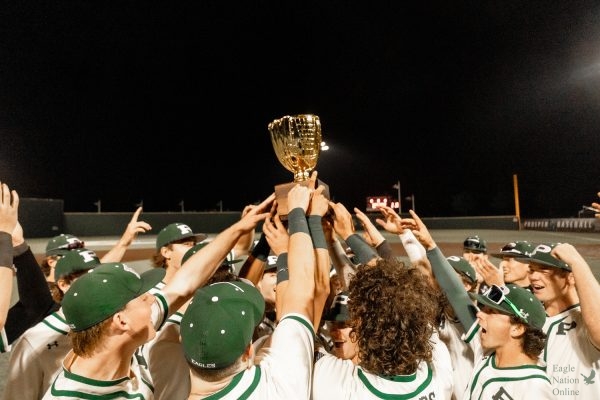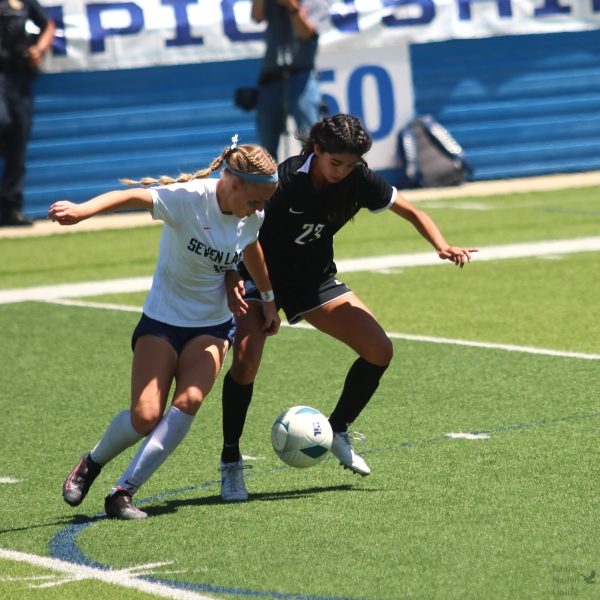Column: First quarter reveals advisory period challenges, limitations
In a graphic made on Canva, columnist Neena Sidhu highlights the pros and cons of the new advisory period. Advisory has been implemented into this school year in order to create a safer school environment. “I understand that advisory is a solution to issues that come with having 3,400 plus students,” Sidhu said. “If there was an emergency, the advisory period lets administrators and teachers know exactly where students are.”
October 4, 2022
Consistency. Consistency would have been the ideal circumstance throughout my high school experience. Being a senior this school year, the past three years have been anything but consistent, leadership-wise. Two different superintendents, two different principals, various new assistant principals as well as counselors. Having new people in administration every year has led this year to look the most different to me, especially due to the new rules implemented.
As we conclude the first quarter, the advisory period is the most significant change I have seen — and the one that took the most getting used to. At the beginning of the school year, I found myself hung up about why some students could meet with their clubs or organizations, but I, a member of various clubs and organizations, could not meet with mine. The band could go to the band hall. The Talonettes could go to the dance room, and the choir could meet in the choir room. But the newspaper staff can’t meet with the other members of ENO during these productive 25 minutes – a big loss as ENO was able to get a lot done last year because of Eagle Time, such as interviews for articles, editing and podcast recording. As well, advisory is considered “active study time”, meaning students are not allowed to talk to each other. Although some teachers are not enforcing this policy, most are forbidding students to make conversation with other students. So how are supposed to have a support system when we can’t even talk to other people?
Being the Chief Operating Officer of ENO, it is very important that I can communicate with the rest of the team, which was done mostly in Eagle Time. I was also hit hard because I am not in the regular newspaper class period, but rather in another class taught by the same teacher, due to schedule conflicts. Once the new rules took the Eagle Time meeting option away, I found myself struggling to get up in the morning earlier than usual, to come to school to meet with the team, which is the only time we are able to meet during the school day.
I am definitely not the only student in this position, as I also have many friends impacted by these changes as well. Pretty much all other clubs or UIL academic activities can only meet before or after school, which is inconvenient – and sometimes impossible – for those without transportation or who have jobs. I have friends who are involved in clubs or even started them, who cannot continue with them because of inevitable scheduling conflicts. Now, they find themselves only able to be involved in fewer, or even no clubs and organizations, which can weaken their college applications and resumes. They also have fewer opportunities to build relationships with other students.
Most seniors are going to be legal adults by the time we graduate, but we are being treated with the same rules as kids who are barely teenagers.
— Neena Sidhu
While I do appreciate the thought of advisory — for students to have a support system and safety for students — it is just inconvenient and a big change, especially for upperclassmen. Freshmen and other students who are just coming to PHS for the first time aren’t used to this system and could thrive under the new rules. But, when the seniors have had four years of different looking Eagle Times, it is hard to all of a sudden have an overwhelming amount of limiting structure. After all, most seniors are going to be legal adults by the time we graduate, but we are being treated with the same rules as kids who are barely teenagers.
Although not ideal, I understand that advisory is a solution to issues that come with having 3,400 plus students. If there was an emergency, the advisory period lets administrators and teachers know exactly where students are. It also is more convenient for administrators to know where students are when they are being checked out by parents. With the opening of the district’s new Walnut Grove High School next school year, I hope that students do not have to feel as stuck as I do at this moment. The opening of the school will help alleviate overcrowding, which also could help loosen advisory strictness.
While the advisory period isn’t my favorite thing this school has ever put in place, in these past nine weeks, I have learned to accept that it is what it is, and I might as well make the most of it. Admittedly, it is a good time to build relationships with others in the class (if we can even find a second to talk against the rules), receive information from the school, and get a little bit of homework done.



